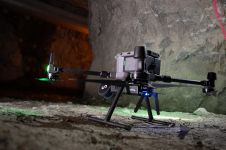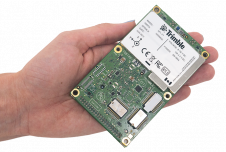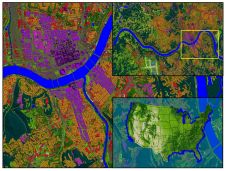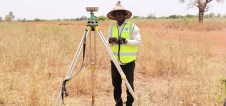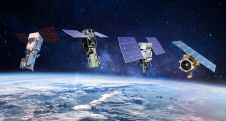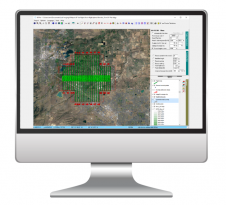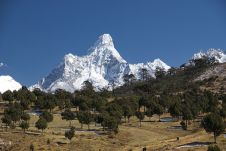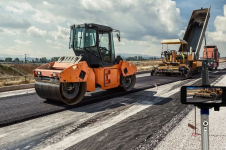New Radar System Could Lead to Better Defence Against Avalanches
This article was originally published inGeomatics World.
A new radar-based imaging system with an unprecedented ability to penetrate snow-powder clouds could lead to greater avalanche protection for towns, buildings, roads and railways.
Successfully installed and tested in the Swiss Alps last winter, the system produces 3D images that reveal how snow flows deep inside avalanches. This new data will strengthen computer models that are used not only to understand the behaviour of avalanches but also to pinpoint ways of building better defences against them.
Funded by the Engineering and Physical Sciences Research Council (EPSRC), the Advanced MIMO Radar Development for Geophysical Imaging Applications system was developed by a team from University College London (UCL), Durham University and Sheffield University, working in close collaboration with the Swiss Federal Institute for Snow and Avalanche Research (SLF).
Project Leader Professor, Paul Brennan of UCL, said “It’s not possible to predict precisely when avalanches will happen, but our radar imaging system aids understanding of how they behave when they do occur. By penetrating the powder cloud, it can observe the nature and direction of the flow of the 90% of snow that would otherwise remain invisible.”
As well as killing more than 150 people worldwide each year, avalanches cause substantial damage and disruption. A range of anti-avalanche protection measures are available, from snow fences, nets, dams and barriers to tree-planting, reinforcement of buildings and the laying out of towns and villages to minimise damage. These measures can all be expensive, however, with the cost of safeguarding one hectare estimated to be around £750,000.
The insights into avalanche behaviour produced by the new imaging system could ultimately help SLF refine such measures so that they deliver better, more cost-effective protection. Working on the classic ‘echo sounder’ principle that has underpinned radar ever since its invention in the early 20th century, the system uses an antenna to transmit radio waves and a 1.95-metre receiver array to capture them as they reflect back from the snow.
The power and wavelength of the radio waves maximise their ability to penetrate into the snow as it moves. The system, which has a 30° field of view providing full coverage of an avalanche track, offers greater sensitivity and higher resolution images than any other similar system previously developed. It can work autonomously or can be operated manually over a Virtual Private Network.
The project has interacted closely with research led by British Antarctic Survey (BAS) and funded by the Natural Environment Research Council (NERC) that has used radar to measure and monitor, with millimetre precision, the melt rates of Antarctic ice shelves – key to understanding how sea levels may rise in future in response to climate change.
Professor Brennan comments: “Two members of our team spent two months in Antarctica working with BAS, which was invaluable in informing development of our imaging system. Our system is an excellent scientific research tool generating real-world field data that SLF can put to productive and potentially life-and money-saving use in the years ahead.”
Make your inbox more interesting.Add some geo.
Keep abreast of news, developments and technological advancement in the geomatics industry.
Sign up for free


